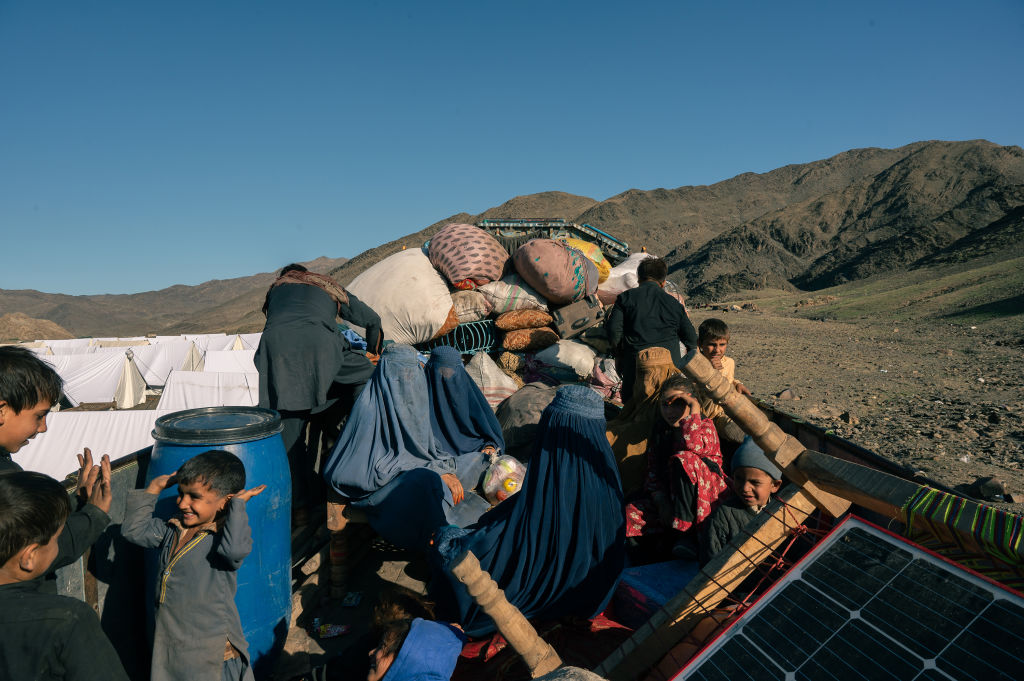A staggering 23.7 million people, including 12.3 million children, in Afghanistan require humanitarian assistance in 2024, according to a recent report by the United Nations Children’s Fund (UNICEF). The report, released in March, paints a grim picture of the crisis that has gripped the war-torn nation.
UNICEF said that only 35 percent of the required $1.4 billion in aid for children in Afghanistan has been secured so far. The agency attributes the rising poverty levels to long-standing conflicts, climate change, economic recession, and soaring unemployment rates.
From the beginning of 2024 to date, 14,570 suspected cases and 71 deaths from measles have been recorded in Afghanistan, the report said. Over 11,000 of these patients are children under five years old, while more than 6,000 patients are women. The UNICEF urged its humanitarian partners to prioritize the safety of female staff in Afghanistan.
The dire circumstances in Afghanistan have also caught the attention of other organizations. Save the Children, an international non-governmental organization, recently voiced concerns about the plight of 250,000 Afghan children returning from Pakistan, who face food and shelter shortages.
On April 27, the World Food Programme said it has been distributing food and cash to six million people every month there, according to Khaama Press. About 15.8 million people in Afghanistan would experience food insecurity crises and emergency levels, according to UN estimates.
To address the basic needs of Afghanistan, the United Nations Office for the Coordination of Humanitarian Affairs has sought a budget of USD 3.6 billion.
(Inputs from ANI)














